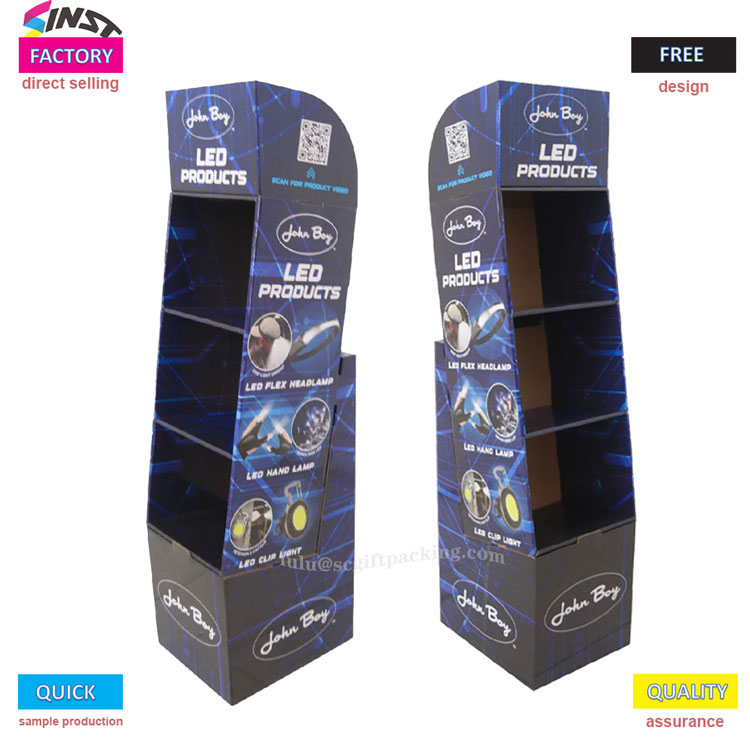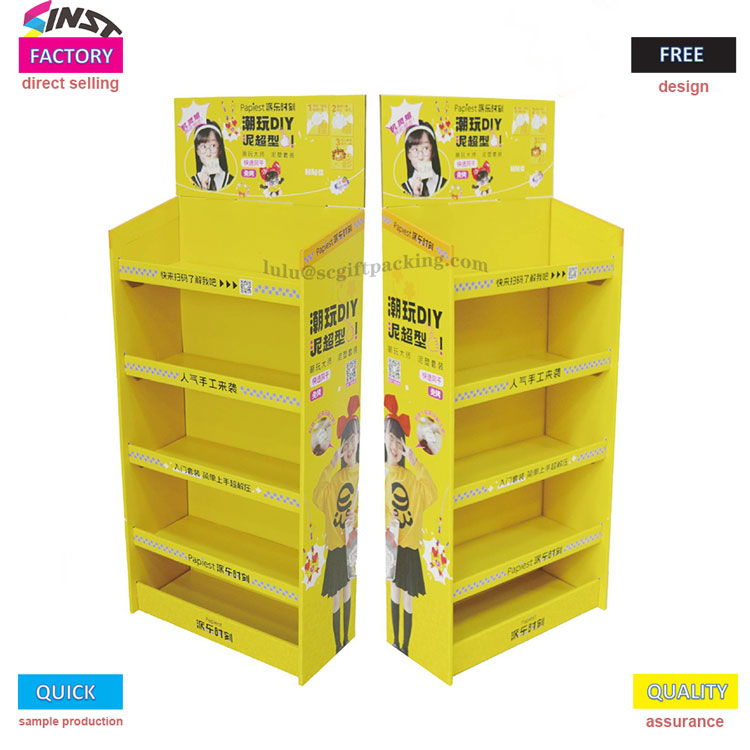1. When making plates, the original manuscript needs to be divided into four colors: cyan (C), magenta (M), yellow (Y), and black (K). What is the color separation principle?
Answer: There are thousands of colors on the picture of a colored artwork or photo. It is almost impossible to print these thousands of colors one by one. The method used for printing is four-color printing. First, decompose the original manuscript into four color plates: cyan (C), magenta (M), yellow (Y), and black (K), and then combine the colors during printing. The so-called "color separation" is based on the principle of subtraction, using the selective absorption characteristics of red, green, and blue filters for different wavelengths of colored light, and decomposing the original manuscript into three primary colors: yellow, green, and blue. In the process of color separation, the color light absorbed by the filter is the complementary color light of the filter itself, and on the photosensitive film, it forms a negative of black and white images, which are then screened to form a dot negative. Finally, it is copied and printed into various color plates.
Due to the development of printing technology, we can now use pre press scanning equipment to separate, sample, and convert the original color into digital information. That is, using the same method as photographic plate making, we can decompose the original color into three colors: red (R), green (G), and blue (B), and digitize them. Then, using mathematical calculations on a computer, we can decompose the digital information into four colors: cyan (C), magenta (M), yellow (Y), and black (K).
2. Why do prepress images need to be screened?
Answer: Because the printing process determines that printing can only use dots to reproduce the continuous leveling of the original manuscript. If you zoom in on the image, you will find that it is composed of countless dots of different sizes. We can see that although the size of the dots is different, they all occupy the same spatial position. This is because once the original image is screened, it divides the image into countless regularly arranged dots, that is, the continuous tone image information is transformed into discrete dot image information. The larger the dot, the darker the color and the darker the level; The smaller the dot, the lighter the color displayed and the brighter the level represented. The size of the fixed space occupied by each network point is determined by the number of network cables. For example, if the number of network points is 150lpi, there are 150 network points in one inch of length or width. The position and size of the dot space are two different concepts. For example, C50% represents that the dot size occupies 50% of the dot space position, 100% refers to that the dot size completely covers the dot space position, which is called "solid" in printing. 0% because there are no dots, only the dot space position, so there is no ink printed on this area. Obviously, the larger the number of listings, the smaller the spatial location occupied by the network, and the more detailed and detailed the hierarchy that can be described. In fact, the hierarchy and color of the original manuscript are reproduced through this hanging method.
3. What is printing color?
Answer: Printing colors are colors composed of different percentages of C, M, Y, and K, so it is more reasonable to call them mixed colors. C. M, Y, and K are the four primary colors commonly used in printing. When printing primary colors, each of these four colors has its own color plate, on which the dots of this color are recorded. These dots are generated by a half tone screen, and the four color plates are combined to form the defined primary color. Adjusting the size and spacing of the dots on the color board can create other primary colors. In fact, the four printing colors on paper are separated, but they are very close together. Due to the limited ability of our eyes to distinguish, they cannot be distinguished. The visual impression we receive is a mixture of various colors, resulting in different primary colors.
Y. M and C can synthesize almost all colors, but black is also needed because the black produced by Y, M, and C is impure, and a purer black is needed during printing. If Y, M, and C are used to produce black, there will be a problem of excessive local ink.
 English
English  Español
Español  Português
Português  русский
русский  Français
Français  日本語
日本語  Deutsch
Deutsch  tiếng Việt
tiếng Việt  Italiano
Italiano  Nederlands
Nederlands  ภาษาไทย
ภาษาไทย  Polski
Polski  한국어
한국어  Svenska
Svenska  magyar
magyar  Malay
Malay  বাংলা ভাষার
বাংলা ভাষার  Dansk
Dansk  Suomi
Suomi  हिन्दी
हिन्दी  Pilipino
Pilipino  Türkçe
Türkçe  Gaeilge
Gaeilge  العربية
العربية  Indonesia
Indonesia  Norsk
Norsk  تمل
تمل  český
český  ελληνικά
ελληνικά  український
український  Javanese
Javanese  فارسی
فارسی  தமிழ்
தமிழ்  తెలుగు
తెలుగు  नेपाली
नेपाली  Burmese
Burmese  български
български  ລາວ
ລາວ  Latine
Latine  Қазақша
Қазақша  Euskal
Euskal  Azərbaycan
Azərbaycan  Slovenský jazyk
Slovenský jazyk  Македонски
Македонски  Lietuvos
Lietuvos  Eesti Keel
Eesti Keel  Română
Română  Slovenski
Slovenski  मराठी
मराठी  Srpski језик
Srpski језик 




